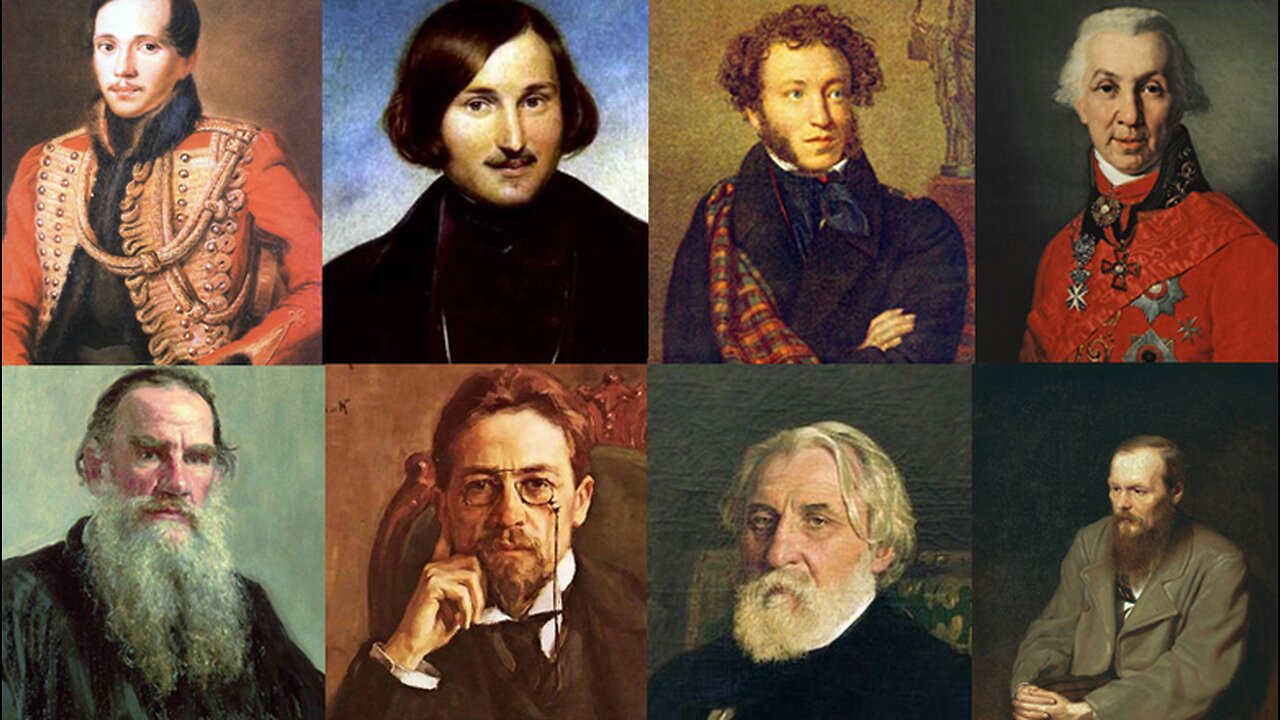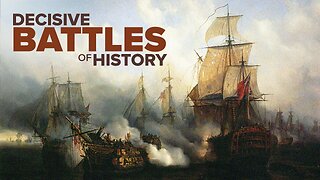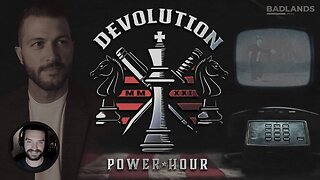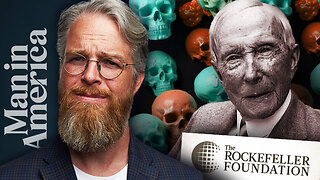Premium Only Content

Classics of Russian Literature | Anton Pavlovich Chekhov, 1860–1904 (Lecture 24)
Lecture 24: In the 1890s, we come to the end of what is generally called the Golden Age of Russian Literature. To be sure, the art of Chekhov is hardly, or only slightly, below the level of the writers we have already considered. If you enter the American or British world of theater, you will soon find that Chekhov is its god. Although he is famous for some outstanding short stories, The Darling, Grief, The Lady with the Pet Dog, which convey deep human feelings in a very economical, brief way, his plays form a kind of bedrock for the modern theater as we know it.
Such plays include his early Seagull, an initial failure on the St. Petersburg stage but a success in the hands of Stanislavsky, the dynamo of the world-famous Moscow Art Theatre, and The Cherry Orchard, a clear reference to a new order coming to Russia in the 20th century. These dramatic works, in a very quiet and restrained way, define a universe of human feelings that we barely know we possess yet recognize immediately when we see them in Chekhov’s theatrical art. There is one more scene that he might have written, had his hand still been in working order: It would have been that of the train car, labeled “fresh oysters,” bearing him in his coffin.
Suggested Reading:
Anton Chekhov, “The Darling,” in The Portable Chekhov, with an introduction by Avrahm Yarmolinsky.
Anton Chekhov, The Seagull, in Plays, translated and edited by Eugene Bristow, Norton Critical Edition.
Paul Debreczeny and Thomas Eekman, eds., Chekhov’s Art of Writing: A Collection of Critical Essays.
J. L. Styan, Chekhov in Performance.
-
 30:17
30:17
The Great Courses
2 months agoDecisive Battles of World History | 1942 Midway - Four Minutes Change Everything (Lecture 34)
203 -

Drew Hernandez
10 hours agoLGBTQ TERRORIST EXECUTES CATHOLIC KIDS IN MINNEAPOLIS
11.3K9 -
 2:17:08
2:17:08
FreshandFit
6 hours ago10 Top Red Pills About American Women
44.4K18 -
 2:10:26
2:10:26
Badlands Media
11 hours agoDevolution Power Hour Ep. 384: Durham’s Blind Spots, Soros Panic, and Trump’s Economic Warfare
59.6K26 -
 3:17:28
3:17:28
TimcastIRL
6 hours agoTrans Shooter Targets Catholic Kids In Mass Shooting, Leftists Reject Prayers | Timcast IRL
220K61 -
 1:31:29
1:31:29
Brandon Gentile
1 day ago25 Year Wall Street INSIDER: $1M Bitcoin Soon Is Just The START
18.2K -

SpartakusLIVE
7 hours ago#1 Birthday Boy Celebrates with MASSIVE and HUGE 4.8-Hour Stream
50.9K -
 55:54
55:54
Man in America
9 hours agoFrom Oil Barons to Pill Pushers: The Rockefeller War on Health w/ Jeff Adam
47K6 -
 3:02:18
3:02:18
Barry Cunningham
6 hours agoBREAKING NEWS: PRESIDENT TRUMP THIS INSANITY MUST END NOW!
92.8K172 -
 3:58:27
3:58:27
StevieTLIVE
5 hours agoWednesday Warzone Solo HYPE #1 Mullet on Rumble
37.8K